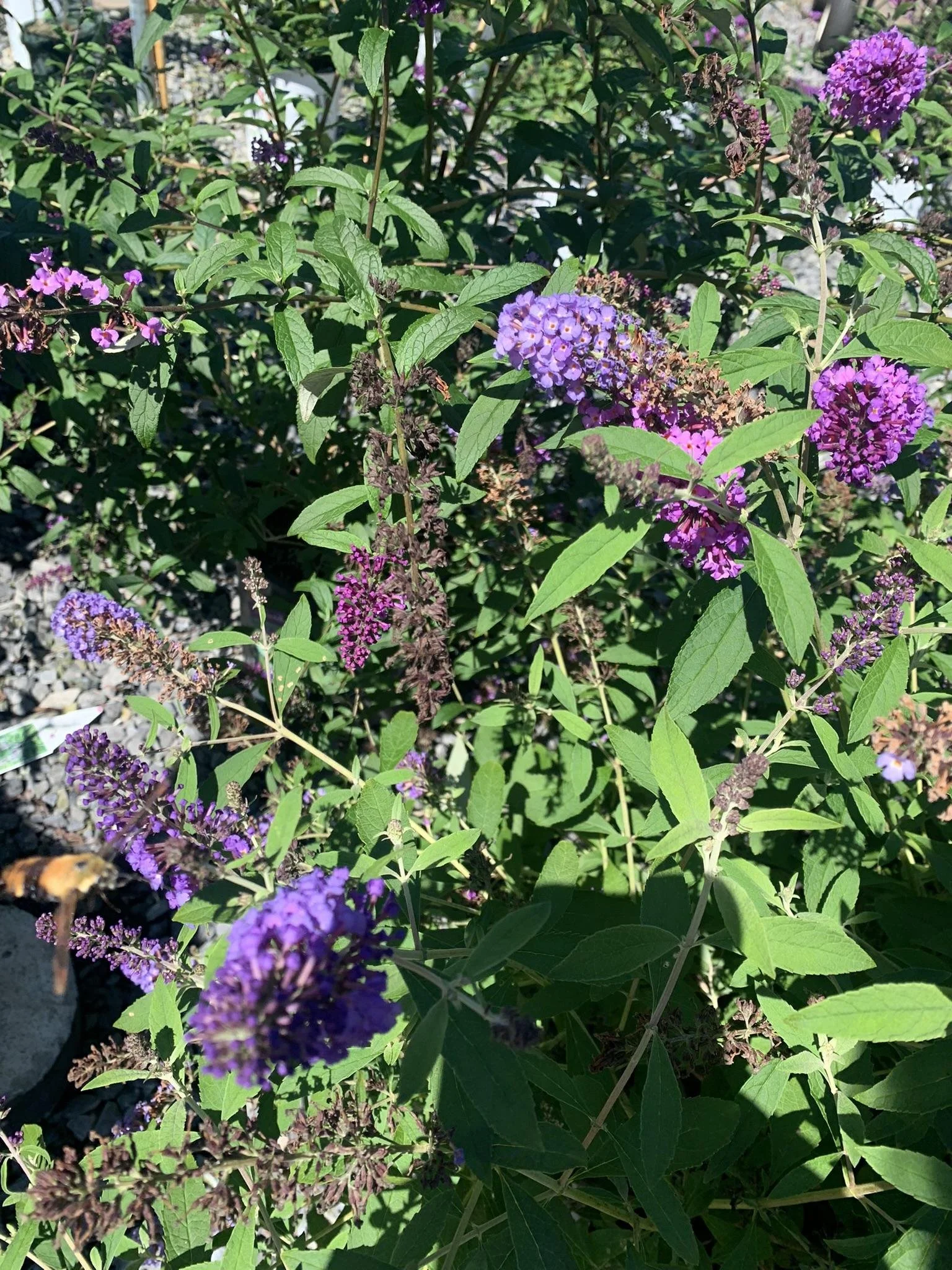If your property contains a stream, pond, or any sort of wetland, whether its flow is permanent or intermittent in nature, this article is especially for you!
Community Associations and Environmental Leadership
Protect The Wildlife You Attract
“Keystone” Plants for Fall Gardens
Plant Native Vines for Hummingbirds and Beauty
Shrink the lawn
Moon gardens: A quiet oasis for pollinators working the night shift
Help Trees Thrive: Tear Up Some Turf
It’s fairly common in residential neighborhoods to see trees surrounded by grass or by small mulch beds, often heaped high like a volcano. But did you know that your trees would be healthier and grow faster if you replaced that turf and those mulch volcanos with a 2-4” deep ring of mulch that extends out to the tree’s drip line or even beyond?
Fall cleanup in two easy steps
Thoreau Middle School Garden Produces Monarchs!
Biodiversity Starts at Home: Plant Native Plants!
The corporate world embraces native plants
Most corporate properties have pretty “standard” landscaping, meaning the plants do very little if anything to support the local ecosystem. More and more, though, we are seeing innovative landscape designs on commercial properties that demonstrate the potential for corporations to be leaders in the effort to save the natural world, starting on their own land.
Front Yard Landscaping, Reimagined
Plant This, Not That: Replacing Spanish Bluebells
Plant This, Not That: Replacing Bush Honeysuckle
Some invasive plants are sneaky. They pop up in one’s garden without explanation or obvious origin and force gardeners to take action on the spot, lest they be forgotten and allowed to grow and spread. Some of the sneakiest are the Bush Honeysuckles, several species of Lonicera with Eurasian origins.




















